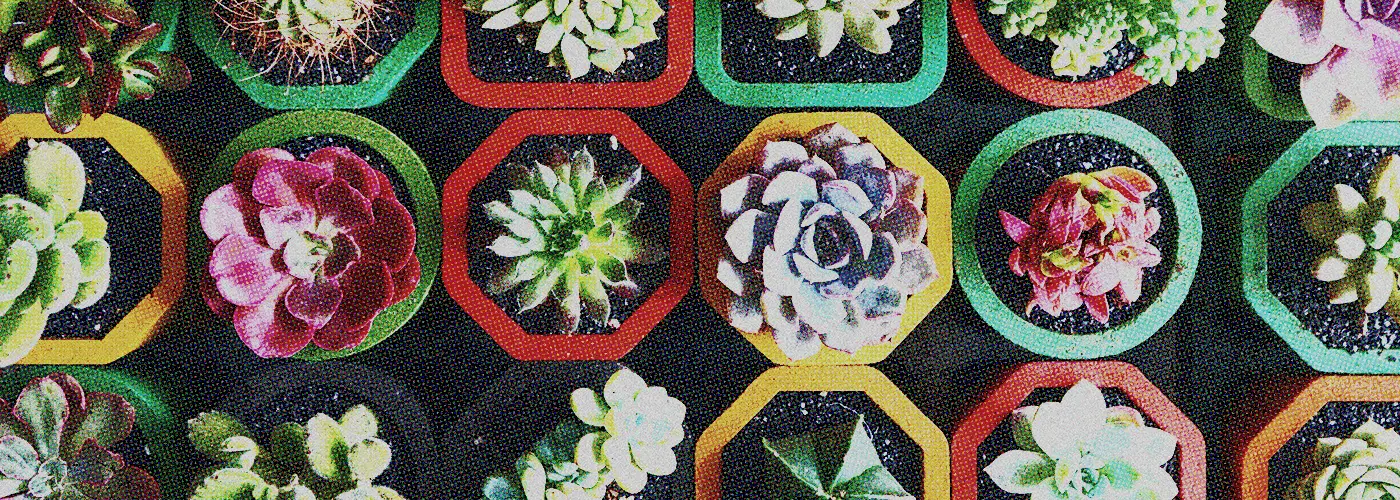Design is an art form that thrives on creativity, innovation, and self-expression. However, amidst the boundless possibilities and diverse ideas, designers often find themselves facing the challenge of organizing chaos into cohesive and visually appealing creations. Whether it’s graphic design, web design, or interior design, the process of creating order from chaos requires a thoughtful approach and a keen eye for detail. In this blog post, we will explore key principles and strategies that can help designers navigate the path from chaos to cohesion, ultimately resulting in stunning and harmonious designs.
- Embrace Simplicity
In a world where information overload is a common struggle, simplicity in design stands out as a breath of fresh air. Embracing simplicity involves stripping away unnecessary elements and reducing visual clutter to create a clean and focused design. By distilling the essence of a concept and eliminating any extraneous details, designers can bring clarity to their work. Simplicity not only enhances the communication of the core message or purpose but also creates a timeless and elegant aesthetic. Minimalism, a design philosophy centered around simplicity, often leads to designs that are both visually striking and functionally efficient.
- Establish a Visual Hierarchy
In design, establishing a visual hierarchy is essential for creating order and guiding the viewer’s attention. A visual hierarchy is the arrangement of elements in a deliberate manner to indicate their importance or significance. By utilizing various design principles such as size, color, contrast, and positioning, a designer can orchestrate a hierarchy that directs the viewer’s gaze and creates a sense of order. The most important information or focal points should be immediately noticeable, while secondary elements should support and complement the overall composition. A well-defined visual hierarchy ensures that the viewer can navigate the design intuitively and absorb information effectively.
- Consistency and Repetition
Consistency is a key aspect of creating cohesion in design. By establishing a set of rules or visual guidelines, designers can create a sense of unity throughout their work. Consistent use of colors, typography, spacing, and other design elements helps tie different parts of a design together and make them feel harmonious. Repetition of certain elements or patterns adds a layer of cohesiveness, providing a visual rhythm that guides the viewer’s eye and creates a sense of familiarity. Consistency and repetition not only enhance the overall aesthetic appeal but also contribute to the user experience by creating a sense of predictability and ease of navigation.
- Grids and Alignment
Grid systems and alignment play a significant role in creating order and structure in design. Grids provide a framework for organizing content, ensuring balance and proportion across different layouts. By adhering to a grid, designers can establish logical relationships between elements, allowing for a consistent and harmonious arrangement. Proper alignment of text, images, and other design elements reinforces the visual hierarchy and creates a polished and professional look. Grids and alignment not only bring visual order to a design but also contribute to its readability and usability.
- Color and Typography
The strategic use of color and typography can greatly influence the overall cohesion of a design. Colors evoke emotions, set moods, and communicate messages. A well-chosen color palette creates a harmonious visual experience and helps establish the desired atmosphere. Understanding color theory and the psychology of color enables designers to make informed decisions that align with the intended message. Typography, on the other hand, goes beyond mere legibility. It has the power to enhance readability, convey hierarchy, and evoke specific emotions. Consistency in color and typography choices throughout a design ensures a cohesive and visually pleasing outcome.
- White Space and Breathing Room
In the quest for cohesion, designers should not underestimate the importance of white space, also known as negative space. White space refers to the empty areas surrounding and between design elements. It provides breathing room, allowing the design to “breathe” and preventing overcrowding. By strategically incorporating white space, designers can enhance clarity, emphasize key elements, and create a sense of balance. White space plays a crucial role in improving readability, guiding the viewer’s eye, and enhancing the overall visual experience.
The journey from chaos to cohesion in design requires a delicate balance of creativity, strategic thinking, and attention to detail. By embracing simplicity, establishing a visual hierarchy, maintaining consistency, utilizing grids and alignment, leveraging color and typography effectively, and incorporating white space, designers can bring order and harmony to their work. These principles and strategies empower designers to craft visually striking and engaging designs that captivate the audience and effectively communicate their intended message. So, the next time you find yourself facing a chaotic design challenge, remember these guidelines and embark on the journey of transforming chaos into cohesion, ultimately creating remarkable and harmonious designs.
